Last night was the annual “Modified Yankee Swap” meeting of the Pen & Pencil Club of Prince Edward Island, the highlight of the fountain pen-based social calendar in Charlottetown.
The “modified” comes from two important departures from tradition: the gifts at play come from The Bookmark and its suppliers, rather than the participants, and the gifts are actually desirable rather than “amusing and impractical.”
I left the night with a lovely Monteverde fountain pen (with a magnetic cap!) and a copy of Danny Gregory’s new book.
In other words, I left the night with just about the perfect gifts, as if tailor-made for me, despite having started the night with a jigsaw puzzle and some (admittedly desirable) Pilot ink. The trading fates were good to me.
There was, for a club about pens and pencils, remarkably little talk of pencils and pens, evidence that, for many of us, they are partly something of a conceit for getting together with other weird people.
The lack of nib-talk was due in part to the remit from host Dan to “tell the group something they don’t know about you,” a task everyone commendably rose to. So there were a lot of stories of lost passports, altitude sickness, bagpipe playing, African Grey parrots, and pen-adjacent hobbies.
The evening was hosted at The Pilot House, with free-flowing hors d’oeuvres throughout. At some point the allure of bacon-wrapped scallops busted through my vegetarian shields, and I went a little mad with porcine gluttony.
I was thinking recently about the number of peer support groups I’m a member of: families of trans children, parents of autistic adults, grief support. I realized last night that my monthly night with the stationery-mad for the past three years has been an important source of peer support in its own right, and I owe my fellow weirdos a great debt of thanks for that.
We all need a night once in a while where it’s okay to eat bacon-wrapped scallops, talk about our parrots, and admit an unusual fondness for certain types of paper.
When I was a child I was a regular at the Hamilton YMCA on Saturday mornings. True to the Y’s “spirit, mind, and body” ethos, that included everything from basketball to tumbling to swimming to model car racing to arts & crafts.
And watching a lot of 16 mm films.
Most of those were Laurel & Hardy comedies, Disney cartoons, and the like, but there was an outlier, a film I recall viscerally to this day that, until this morning, I couldn’t recall the name of.
I knew two things.
First, it starred well-known Canadian actor Barry Morse; there was a scene featuring him standing on the edge of the Burlington Bay Lift Bridge as it came down that is burned into my memory (my father worked at the Canada Centre for Inland Waters, right beside the bridge, so this was particularly significant to me).
Second, it had a memorable score, music that today, 40 years later, still runs through my head often.
I woke up this Sunday morning determined to identify the film, and, perhaps aided by foggy-headedness resulting in a different search strategy, I did it: the film was Hailey’s Gift, and it was directed by Bruce Pittman in 1977.
Armed with this wonderful revelation, I reached out to Bruce on Facebook (where, it turns out, we have two friends in common), and he told me it was the first dramatic film he ever directed, and that the music was by Hagood Hardy.
Bruce has had a career of enormous breadth in the years since Hailey’s Gift: he co-founded Saturday Night at the Movies for TVO (a staple in our family for years), founded the Revue cinema in Toronto, and has directed heaps of episodic television.
I’ve requested a copy of the film via interlibrary loan, and I’m so looking forward to revisiting it.
I’ll be needing a new Holy Grail now.
Found in the 1964 Prince Edward Island telephone directory, just before the “Alberton” section.
It’s helpful to remember, in the age of Delta and Omicron, that the phone book once contained the suggestion to maintain a pee bucket and playing cards in our fallout shelters.
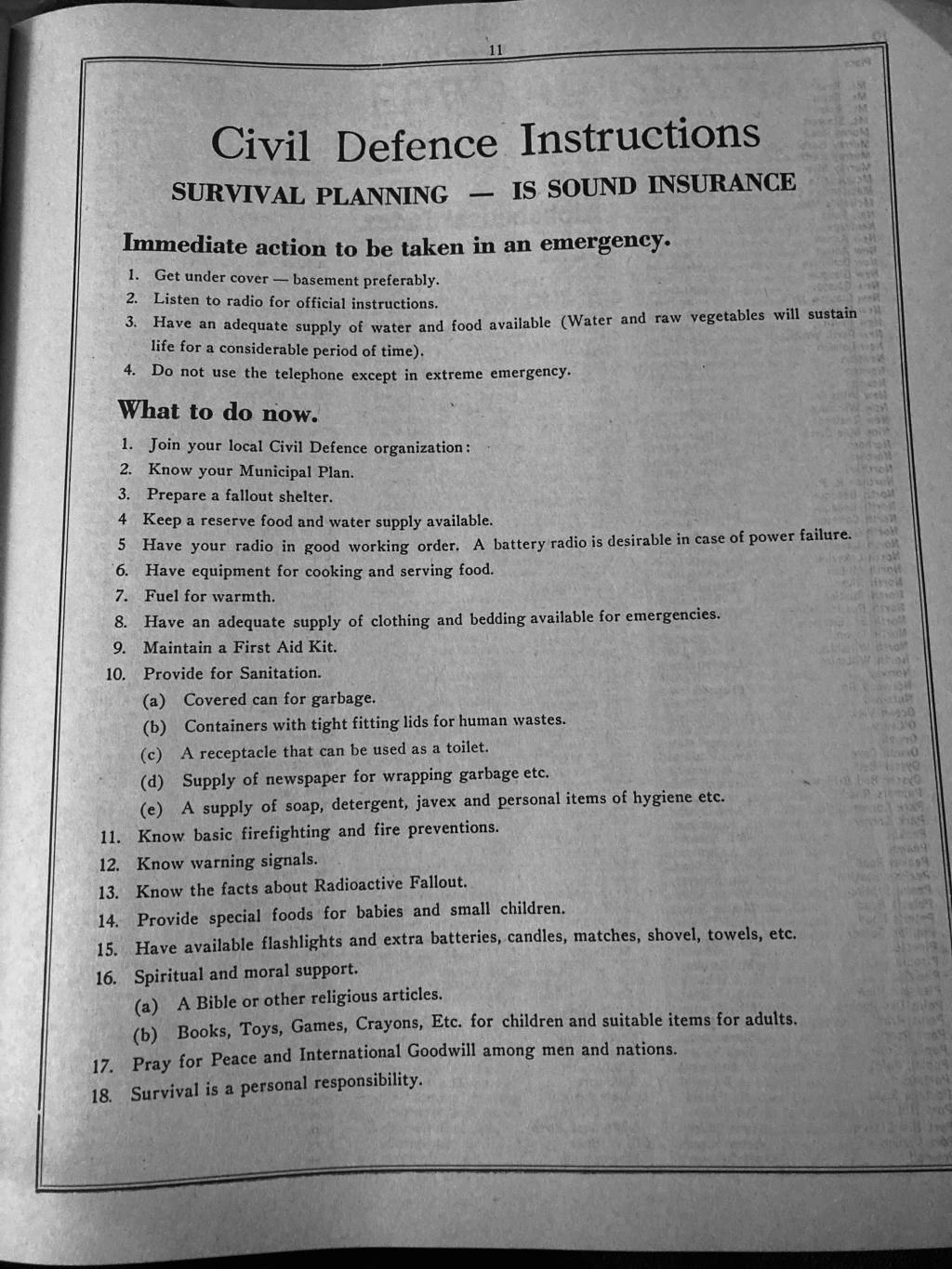
I had coffee this week with an emissary from Toronto, someone considering a move to the Island now that COVID times have rendered the big city lifeless and crowded, with none of the old upsides.
She brought word of a new CBC show, Sort Of, a show well-summarized by John Doyle in The Globe and Mail (paywall):
So far, while the series has been on CBC Gem, there’s been glowing attention to the fact that CBC has a series with a queer, brown, gender-fluid star at its core. But that’s not the sum and total of it. What makes it truly special is the energy, vitality and the fact that the tone is beautifully judged. The series is a very urban contemporary comedy, a wry portrait of the power plays in romantic relationships – of all types – and amounts to a humane, messy tale of sexual and artistic self-discovery.
You’ll come for the gender-fluidity, but you’ll stay for the performances, the writing, and the Toronto energy that, lifeless and crowded or no, remains alluring to those of us on the fragile edge.
The show is streaming on CBC Gem in Canada, and has been picked internationally. I encourage you to seek it out.
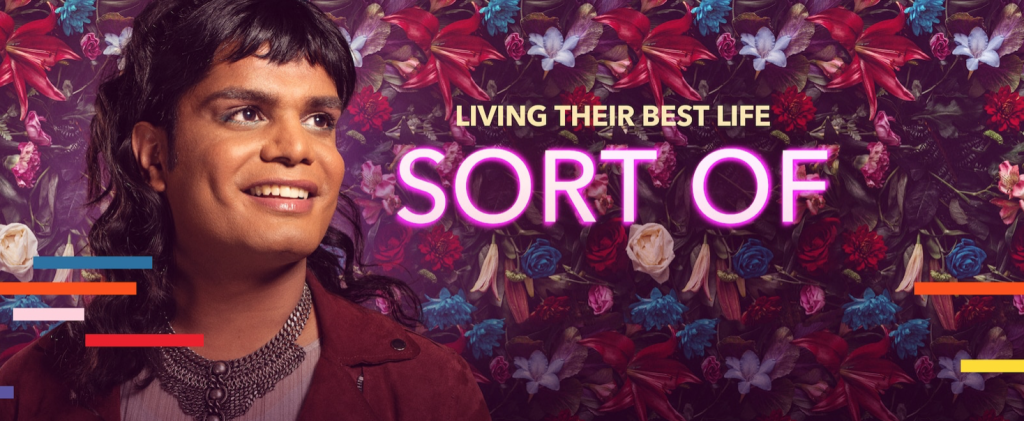
We opened the door at 100 Prince Street this morning to find a lovely pumpkin sitting in the vestibule:
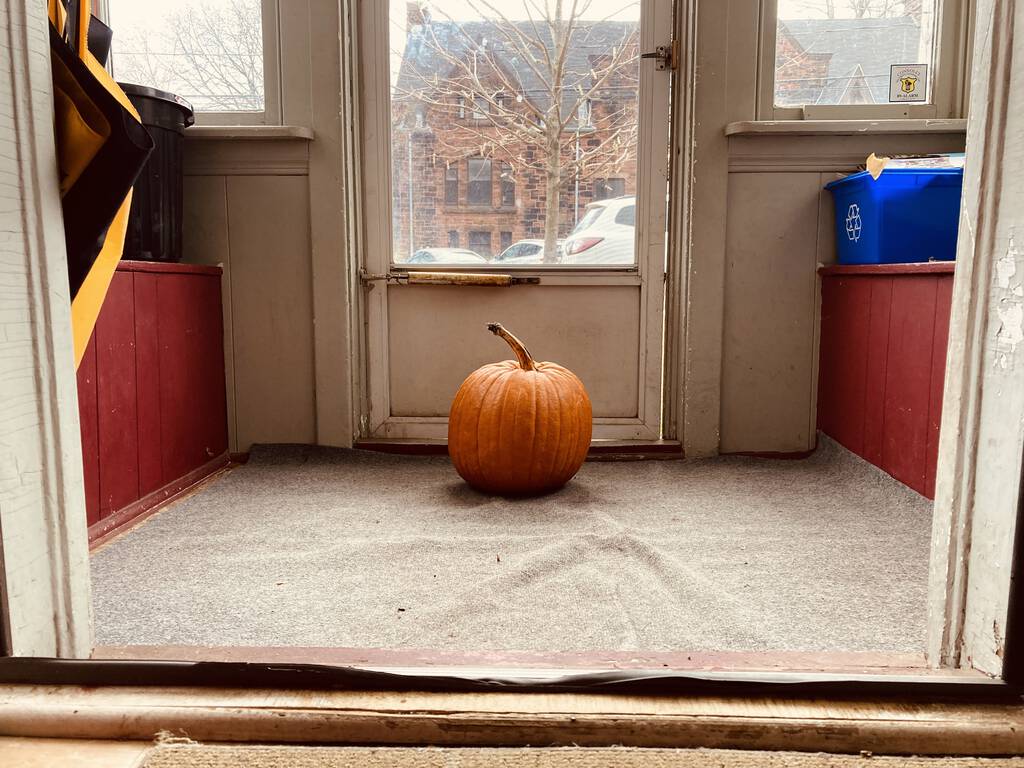
Where might this pumpkin have come from, I asked myself. We are lucky to be the recipients of all manner of interesting things left by friends in the vestibule: books, mustard pickles, bicycle seats, Christmas ornaments, sponge toffee. But a late-season pumpkin was a new one.
Then I remembered that our doorbell is all-seeing and all-knowing, and would have record of the pumpkin delivery. And it did:
So it was late nite hooligans!
But kindly hooligans: those of an earlier time, with a meaner bent, would have smashed the pumpkin on the stoop, but these midnight pumpkineers simply left it, intact, for us to turn into pie.
Olivia was on fortnightly respite last night, and so I took advantage of the evening free of parental responsibility to take myself out to supper.
I stopped in at Craft Beer Corner on the way for a glass of Red Island Cider and then adjourned across the street to Punjabi Bites for a meal.
Spooning up my aloo gobi with my naan, I was suddenly overcome with loneliness: Indian food is best eaten in ensemble, and sitting there alone, on a cold and rainy night, in an almost-empty restaurant, my world suddenly felt very very empty.
Truth be told, the powerful feeling at play was not loneliness itself, but a sense of embarrassment about feeling lonely at all: I’m a self-confident, independent person, and the idea of needing other people in my life feels like some kind of unhealthy codependency.
Thinking Pete knows this isn’t true, knows connections are important, knows the shame is irrational. And yet, there I was, feeling it.
The problem with writing about loneliness is that well-meaning friends and familiars start to worry about you, and, being well-meaning, feel they should help solve the problem by stanching the loneliness with invitations to coffee, lunch, and plowing matches. Which are all wonderful in their own way, and appreciated. But have no effect on the deep down loneliness.
It’s not really about wanting someone across the table to talk to, order a palak paneer, perhaps make an obscure reference to J.D. Salinger, and suggest we go for a walk after–all of which would be nice, who’s kidding who–it’s about something far more existential, something related to my sense of self, my place in the world, my ability to make connections to other people.
In the engine rebuild that is grief, each of those is under repair, and the effect is discombobulating.
I had a hard morning, and resolve to piggyback my way to happiness on the back of buying some new socks.
My go-to sock dealer is Proude’s Shoes, and so that’s where I headed, thinking I might pick up a few pairs of the Wigwam socks they’ve been carrying for awhile (I own three pairs, and my day is always 10% better when they come up in the sock rotation).
When I arrived, I found Wigwam socks in short supply, and learned from personable manager Kevin Proude that it’s a line they’re phasing out, in favour of Darn Tough socks from Vemont.
Kevin then proceeded to give me a thorough overview of the Darn Tough selection, in a way that only Kevin can (the difference between shopping at Proude’s and shopping at a shoestore chain is like the difference between having a personal chef and eating in a cafeteria).
I walked away with two pairs of Darn Tough, a couple of pairs of Wigwam for old time’s sake, and a warm feeling about the fact that stores like Proude’s continue to thrive.
The socks, by the way, are guaranteed for life:
Our socks are guaranteed to be the most comfortable, durable, and best fitting socks you can buy. In a nutshell, if you wear a hole in them, we will replace them free of charge, for life. Things that generally are not covered—disappeared in the dryer, the dog ate them, too close to a campfire, theft by friend or foe, etc., etc. However, all claims made in good faith will be considered.
I would buy the socks based on those two sentences alone.
If your feet are cold or wet, or, like me, if you just need a piggyback ride to happiness, drop by and have Kevin give you the down-low.
Longtime readers will recall my yearly habit of snapping a photo of Olivia walking up Prince Street on the first and last days of school.
Here’s the first day of grade one:
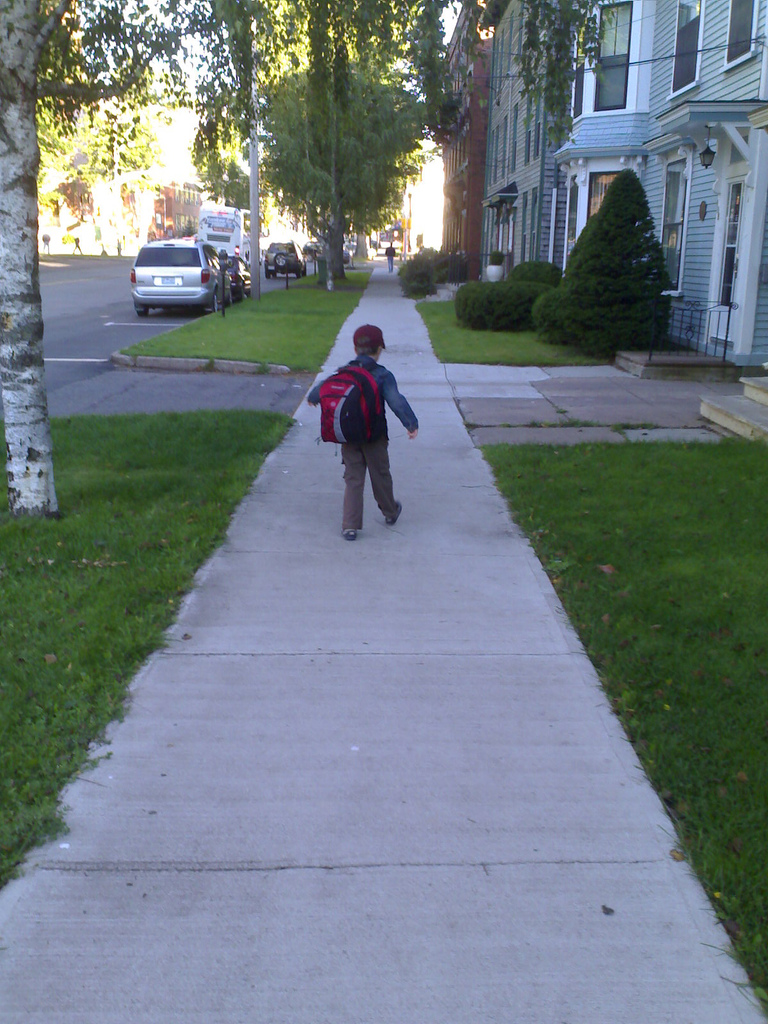
And here’s the last day of grade six:
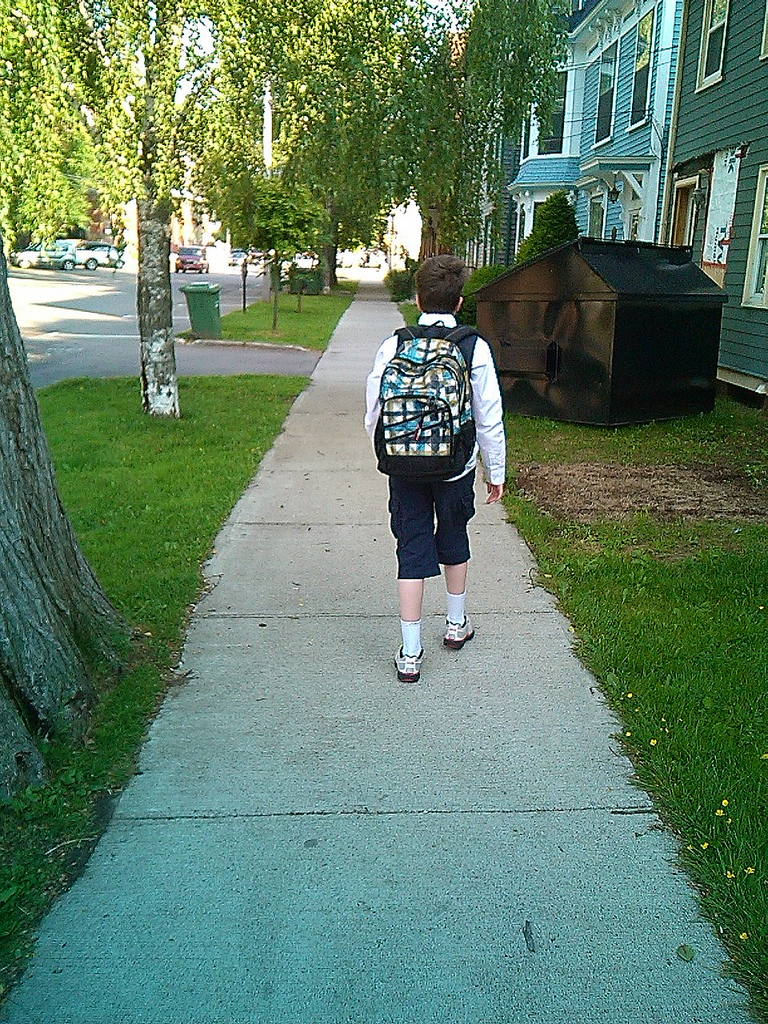
In every one of those photos, just off to the left you can see the weeping birch tree in front of our neighbours’ house, tree number 482 in the city’s tree inventory.
That tree came down today, along with three of its mates up Prince Street toward Grafton, a deliberate cutting due disease.
Here’s this morning just after 8:30 a.m. from our front vestibule:
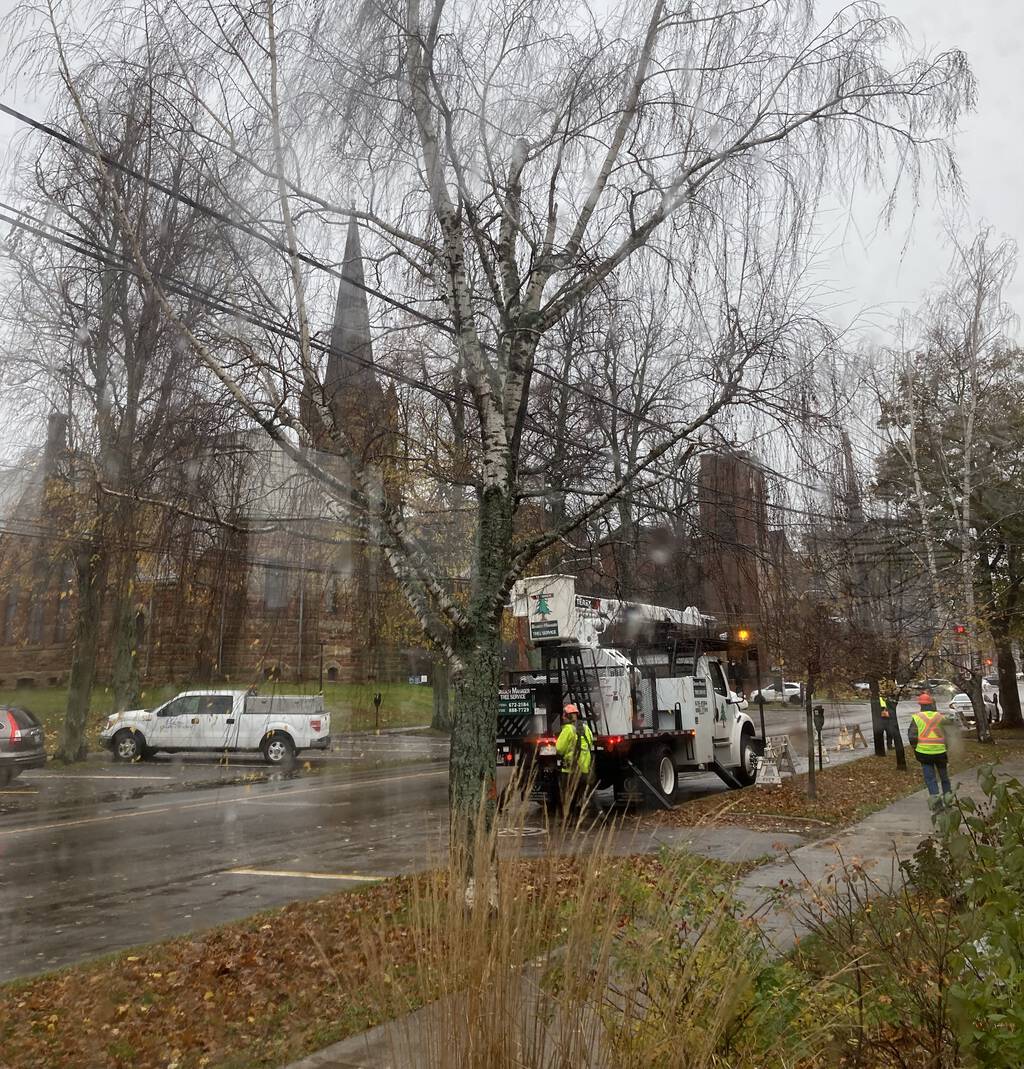
And here’s the same view an hour later:
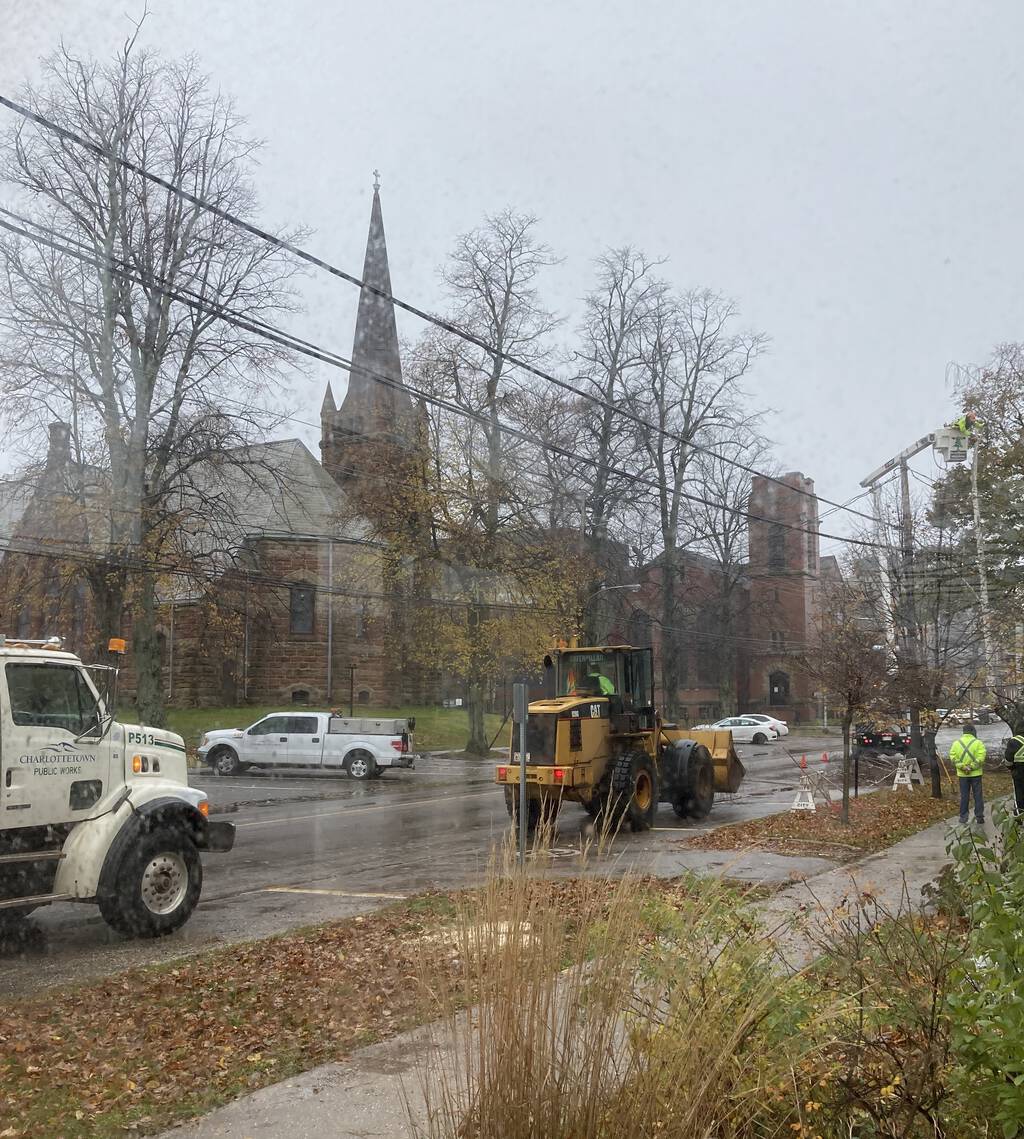
It was a beautiful tree we lost today, a part of our neighbourhood for as long as we’ve lived here and many years before. Here are a few photos I took earlier this fall when the announcement came that the end was near:
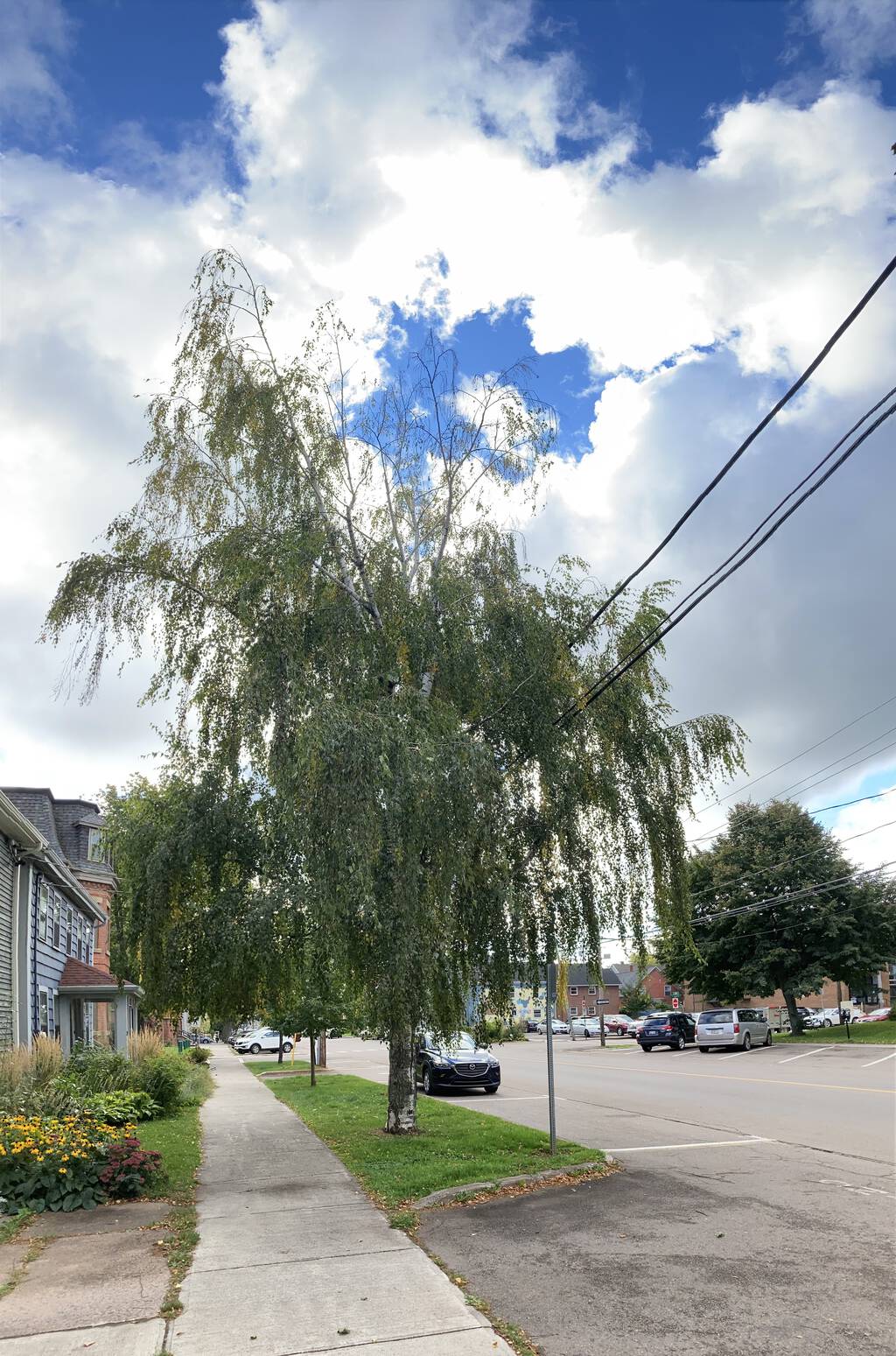
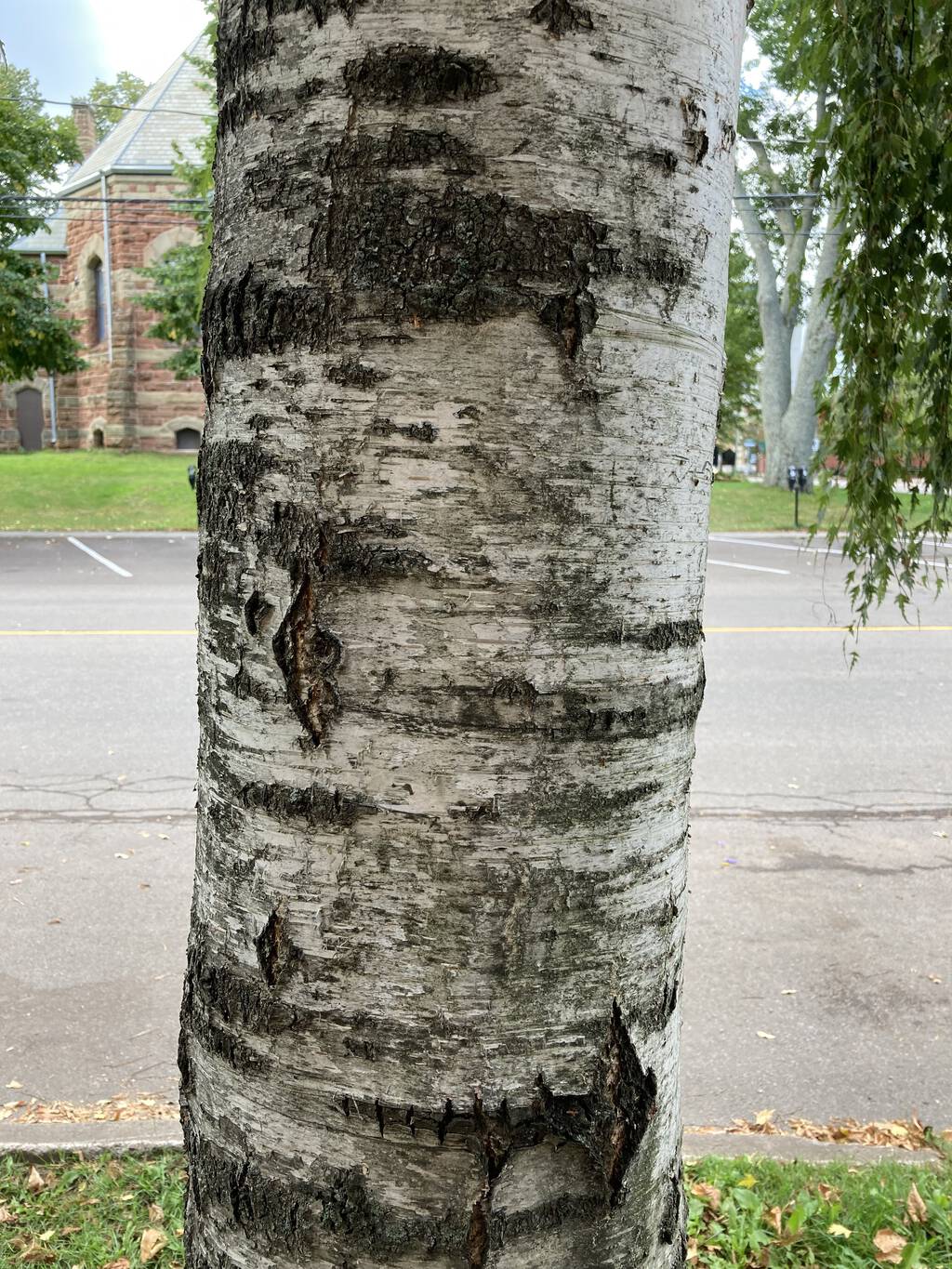
If you like behind-the-scenes infrastructure videos, you might find the BBC’s The Channel Tunnel - Life on the Inside interesting.
Olivia and I travelled from Paris to London through the Chunnel in 2009; it was the final leg of a rail journey from eastern Slovakia right across Europe. My lasting memory of the Eurostar trip is not infrastructure-related, it’s Olivia’s considerable consternation about Parisian kiosks not selling English-language kids magazines. By the time she’d calmed down we were in London for a rendezvous with our friend Jonas and a pop-in at Platform 9¾.
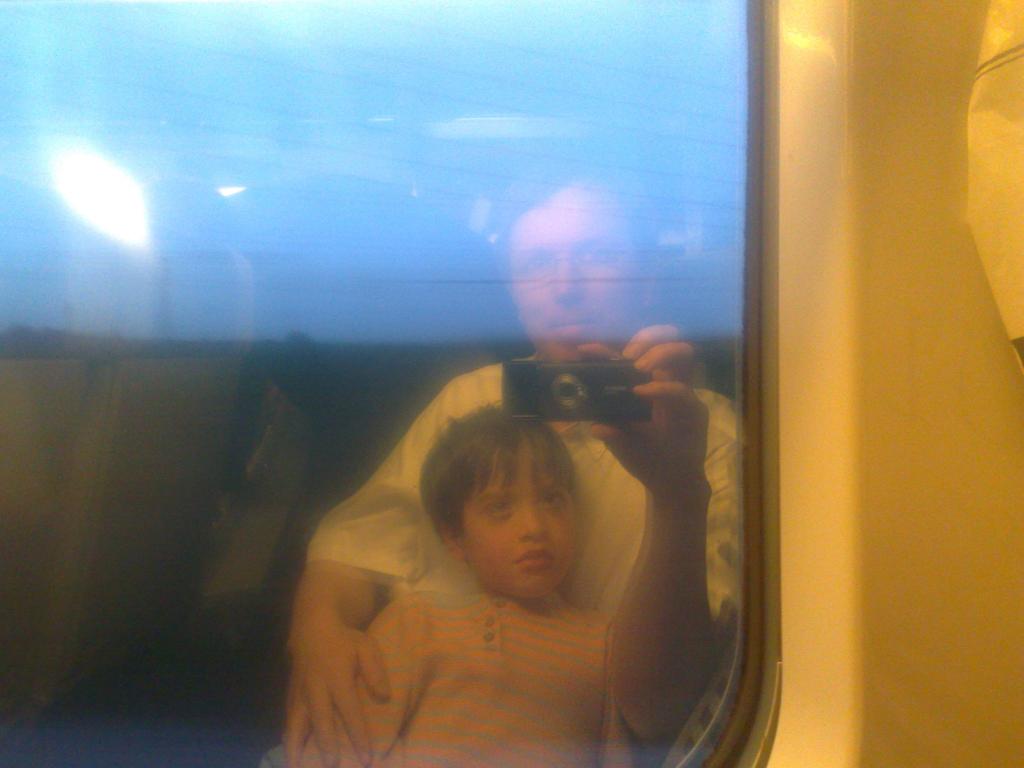
 I am
I am